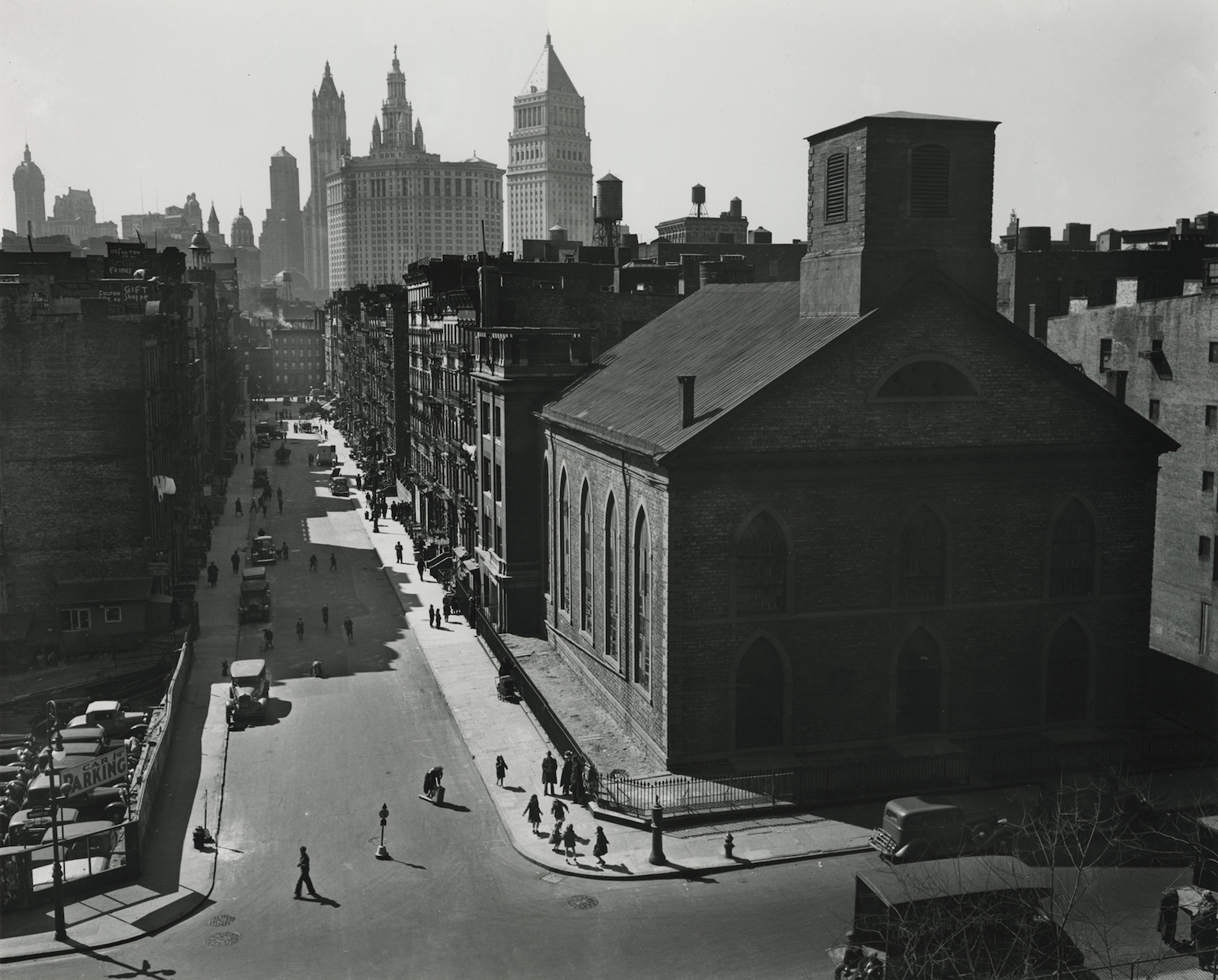One of my favorite memories from college is wiling away the hours in the library’s basement, where all of the photography books were stored, poring over images of Duane Michals, Joel-Peter Witkin, and others.
A magical boredom laced with desire led me into that basement. Yet these days such boredom is in short supply, and the threat to photography could not be more grave! Seriously though, without boredom one cannot truly contemplate a photograph. But the smartphone has made boredom impossible.
Photography needs boredom desperately for its images to be seen, but the smartphone’s eradicated boredom
There is a certain delicious irony in this, for the demand for images is greater now than it probably ever was. Websites constantly require fresh, professionally-produced images, and the costs of publication are negligible in comparison to that of the books and magazines and newspapers in which photographs were hitherto dominant. The demand increased still more with the rise of the mobile web and the host of applications devoted to the production and distribution of digital images (i.e. Instagram, Facebook, and other platforms).
However much smartphones and ecommerce demand photographs, the former have made it impossible to actually see those images (is it at all surprising that for web designers, e-commercers, they fall into the milquetoast category of “content”?). The costs of the use of the smartphone are simultaneously its supposed rewards: its images can be consumed anywhere and at any time, and the phone will never run out of images to consume.
The epitome of the phone is the infinite scroll. Wherever or whenever idle time, uncertainty, anxiety, or social discomfort lurk, the phone is ready to ply its poisons.
Yet photographic images—the complicated, fascinating ones that draw us in and transform what we know—demand as a condition of their magic our time and our boredom. If we cannot offer the boredom of passing time while our eyes trace across the contours of the image’s objects, then we will not be able to see all of what those images capture. This is the price for insight.

Berenice Abbott’s 1937 image, “View of Manhattan from the Manhattan Bridge,” sparkles with detail, repaying its viewer proportionally to the time spent in contemplation. The composition provokes wonder about the relative weights of negative and positive space. The wide-open space of the street draws a strong contrast with contemporary street life, reminding us of Jane Jacob’s paean to sidewalk culture in The Death and Life of Great American Cities. This photograph and act of seeing is but one example.
All good images require thinking, and thinking requires time. Thinking cannot be effected by an act of will, and nothing that is worth seeing can be seen in a glance. To reiterate the above point, the phone is the anti-photograph. Phones make photographs invisible. What’s more, they damage our powers of seeing in the process. The more we consume images through phones, in an endless scroll, where we can neither appreciate the image’s dimensions nor possess the time and space to think through them carefully, the less any image seems worthy of such effort.



